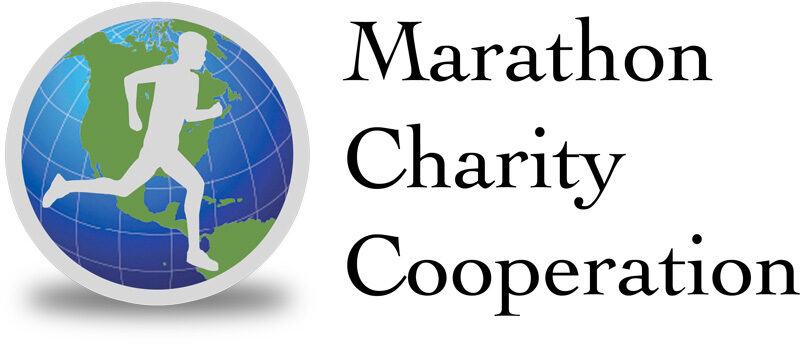How to Pick the Right Running Shoes
By Jessica Sebor
Finding your perfect running shoe can be more confusing than the search for Prince Charming. Luke Rowe, vice president of business development at Fleet Feet Sports, gives us the inside scoop on what you need to know before setting foot in a running store.
As told to Jessica Sebor
Women’s Running: Why is finding the right running shoe important?
Luke Rowe: Your shoe will be the training partner that stays with you throughout all of your runs and races. It needs to fit well and be comfortable. Finding the “perfect” shoe can help you to prevent injury and improve performance.
Your shoe should not only shield your feet from glass and stones, but also enable shock absorption, so that one point of your foot isn’t bearing the brunt of your bodyweight. A good shoe will also correct any imbalances in your form and keep you balanced.
WR: What are your thoughts on minimalist shoes or barefoot running for the everyday runner?
LR: Barefoot running can certainly be a component of your training. There can be a benefit to running short distances barefoot on soft surfaces in terms of strengthening muscles in the lower leg. I’m not convinced it’s a good idea for running long distances on hard surfaces.
Minimalist shoes are a little different. For a few people, a minimalist shoe can be an everyday shoe. But for most runners who require more support, this should be a shoe to wear only occasionally during speed workouts or races. Moderation is a key to life in general and definitely in regard to footwear.
WR: A runner enters a sporting goods store ready to buy a new pair of shoes. Can you walk us through the proper buying process?
LR: First and foremost, you want to find a staff person who understands basic biomechanics. Look for a specialty store where the staff is knowledgeable and can spend time with you.
The person assisting you should first assess your needs. She will take into account your foot size, whether or not you have pronation, what your training and racing goals are and if you have a history with injury.
For example, at Fleet Feet we’ll ask you a series of questions based on your training, background and current shoe. Then, we observe your bare foot to look for issues, such as bunions or black toes. Next, we measure your foot to compare how it responds to pressure. Finally, we have you run barefoot on a treadmill to see if your stride needs correcting.
The staff person will then recommend a few different shoes to fit your needs. Run around wearing each of these options to decide which shoe feels most comfortable. If it’s a dead tie between a few shoes for comfort, then you can buy based on price and looks.
After you get home, wear your new shoes around the house to ensure that they remain comfortable over an extended period of time.
WR: What is the single best piece of advice you can give someone buying a pair of shoes?
LR: Shoes should be comfortable. The biggest thing I’ve learned in my 30-plus years of experience is that comfort is king.
Run strong and sign up for a race.
